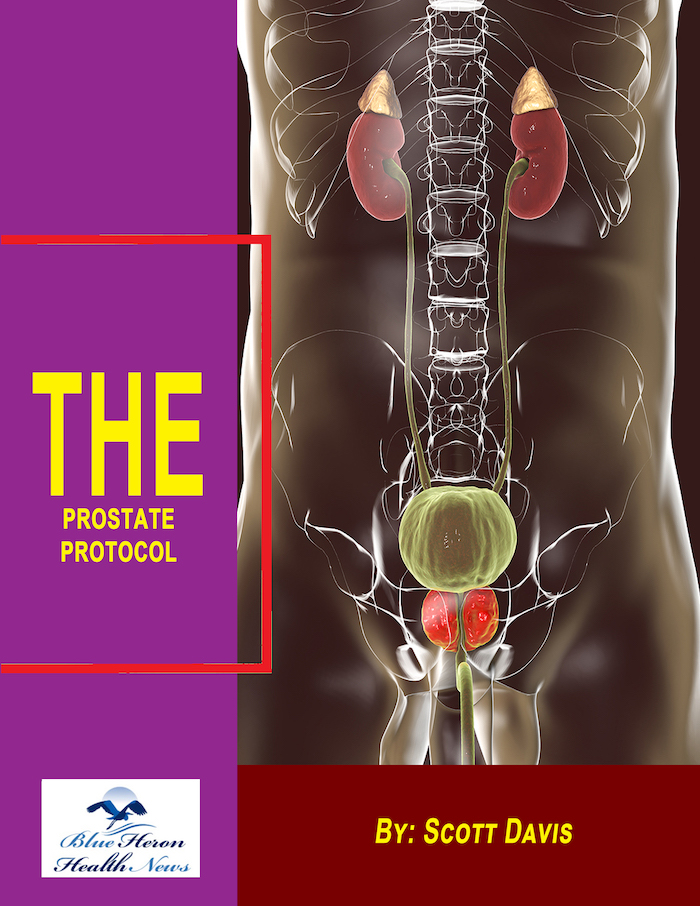
How does prostate enlargement cause straining during urination?
Prostate hypertrophy, or benign prostatic hyperplasia (BPH), is a common condition in older men that leads to straining during urination due to the following mechanisms:
1. Urethra Compression
The prostate gland surrounds the urethra, the tube by which urine leaves the bladder from the body.
As the prostate enlarges, it can compress the urethra, making it smaller. This increases the resistance to urine flow.
To counteract this increased resistance, the muscle of the bladder needs to contract harder in order to push the urine through the narrower opening, and this leads to straining when one urinates.
2. Bladder Outlet Obstruction
With the prostate pressing against the urethra, it causes a partial blockage in the bladder outlet.
The bladder has to contract more strongly to push the urine past the obstruction, with increased pressure inside the bladder. This can cause the need to strain when passing urine.
It can also, in the long term, lead to bladder muscle hypertrophy (thickening) as the bladder has to contract more to push the urine out, which can result in urinary retention.
3. Weakened Bladder Contractions
The continued increased pressure of the enlarged prostate may make the bladder wall increasingly less efficient at contracting.
As a result, urinating is more difficult, and men must strain in an attempt to start the flow of urine or even completely empty the bladder.
4. Increased Urinary Hesitancy and Frequency
Since initiating urination becomes more difficult, men with BPH might experience hesitancy, where more time is taken to start urinating.
This can lead to a laborious and long process of attempting to fully empty the bladder, resulting in the sensation of incomplete voiding.
Increased frequency of urination may also occur due to inability of the bladder to empty maximally each time, leading to increased frequent and less effective trips to the bathroom.
5. Urinary Tract Infections (UTIs) risk and Damage to the bladder
Chronic straining and incomplete emptying of the bladder may result in a heightened susceptibility to urinary tract infections (UTIs) and, over time, harm to the bladder and kidneys.
Treatment and Relief
Alpha blockers (such as tamsulosin) can relax the muscles encircling the prostate and urethra, reducing resistance and making urination easier.
5-alpha-reductase inhibitors (such as finasteride) might reduce the size of the prostate, eliminating the underlying cause of the blockage.
In some cases, surgery may be necessary to treat extreme prostate enlargement (e.g., TURP—transurethral resection of the prostate).
Would you like more information about treatment for BPH or symptom management tips?
Obstruction of the bladder by an enlarged prostate (typically secondary to benign prostatic hyperplasia, or BPH) can lead to a variety of urinary symptoms. The prostate gland, which surrounds the urethra, can enlarge and compress the urethra, obstructing the flow of urine from the bladder. The following are the usual symptoms of obstruction of the bladder by an enlarged prostate:
1. Urinary Frequency
More frequent need to urinate during the day and at night (nocturia), typically having to get up several times at night to urinate.
2. Urgency
Abrupt, intense urge to urinate that is difficult to delay. This can happen because the bladder is not being emptied fully, which causes greater pressure.
3. Weak or Interrupted Urine Stream
Weak stream or difficulty initiating urination (hesitancy) is common. The stream may start and restart intermittently due to obstruction.
4. Dribbling Following Urination
Urination following completion can occur because the bladder fails to empty fully due to the blockage.
5. Straining To Urinate
The need to strain or push to initiate urination is a sign of the inability to overcome the blockage of the bladder. This can be accompanied by pain or discomfort at times.
6. Incomplete Bladder Emptying
A sensation of not being able to empty the bladder fully after urination, i.e., the bladder still feels full even after attempting to urinate.
7. Urinary Retention
Sudden (acute) inability to urinate (retention) at all may lead to severe situations. This is a medical emergency and should be treated immediately.
8. Pain or Discomfort
Dysuria or pain in the pelvic or lower abdomen region due to inability to fully empty the bladder.
9. Blood in the Urine (Hematuria)
Hematuria (urine blood) may rarely happen if the prostate enlargement leads to irritation or damage to the bladder or urethra.
10. Urinary Tract Infections (UTIs)
Prostate enlargement increases the chances of developing urinary tract infections, which can produce symptoms such as painful urination, cloudy or smelly urine, and occasional fever.
When to Seek Medical Attention
If one has acute urinary retention, severe pain, or signs of urinary tract infection, immediate medical attention should be sought. In mild cases, the doctor may check the size of the prostate by means of a digital rectal exam (DRE), ultrasound, or other diagnostic examinations and may prescribe medications (alpha-blockers, 5-alpha-reductase inhibitors) or, depending on the case, surgery (such as transurethral resection of the prostate, TURP).
Would you like to know more about treating prostate enlargement or what can be treated?